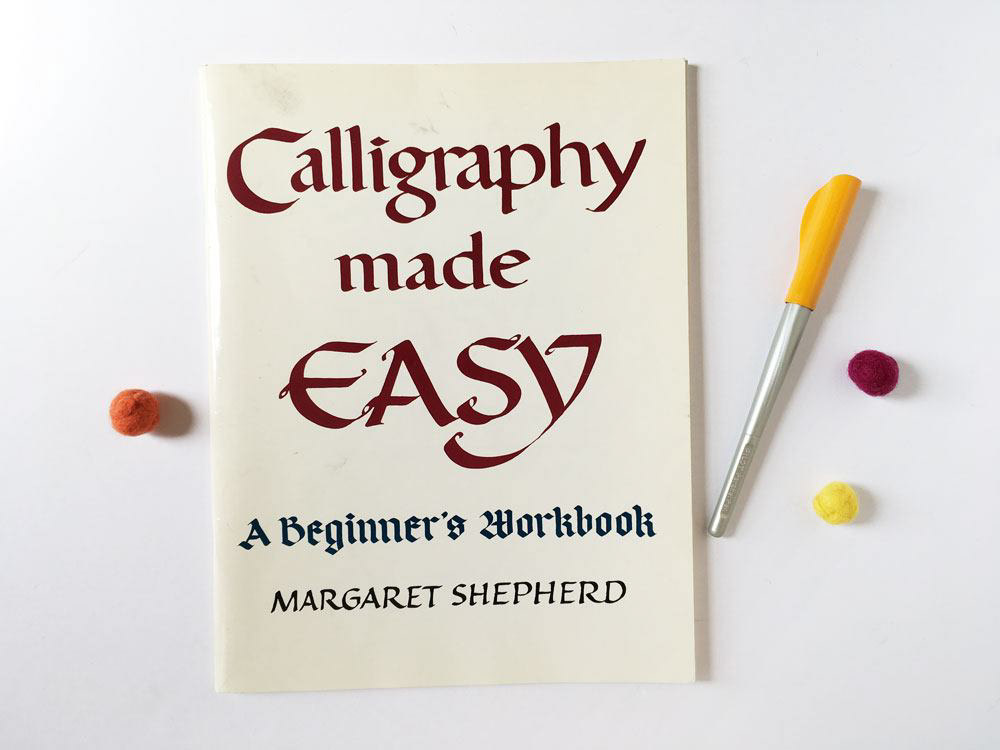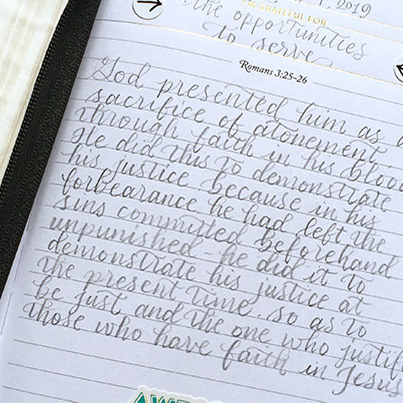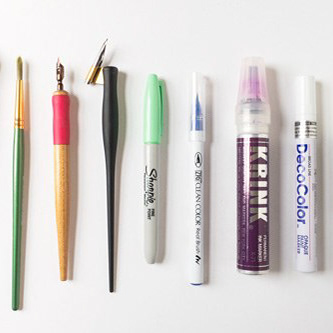In this post, I am listing 6 books for anyone who is starting their lettering or calligraphy journey.
People often ask me on the topic of lettering and calligraphy. And I can really nerd out about the techniques, the tools, and resources. One of the ways that helped me improve on my calligraphy and lettering style is learning from books. There are so many books out there it can be overwhelming. Because I am not so much of an avid reader, therefore I tend to choose books with just enough educational text and more diagrams and imagery examples rather than a wordy explanation. So here I am sharing with you the books I found very helpful in learning and improving my chops.
Disclosure: This post and the photos contain affiliate links. If you purchase something through the link, I may receive a small commission at no extra charge to you.
Books on Lettering
I found this book very useful because the author has a solid background as a graphic designer. Therefore, Ivan’s approach to the art lettering is grounded by a deep understanding of typography. This book touches on the brief history of typefaces and leads you onto the process of creating and refining a lettering composition.



I love this book because it’s a load of fun lettering styles and suggestion for projects you can easily follow along. There are 15 alphabet styles in this book to help you build up your lettering arsenal.



Books on Calligraphy
These books focus on the styles and techniques of calligraphy with dip pens. I see calligraphy as the grandfather of hand-lettering, it might look old-school but it’s actually a gold mine. Especially if you are at a place where your lettering is pretty good, but you don’t know how to go to the next level. By studying traditional calligraphy will be very beneficial!
This book is great for getting an overview of various styles of calligraphy. It showcases 15 classic alphabet styles plus techniques that are applicable for any calligraphy hand. It’s a handy reference book when I need to look up the names or check the proportion of a style. Note: The one shown here is the 23rd edition, there is a newer edition with updated content.



This is the definitive book for learning Copperplate style. It looks like a textbook at first glance. And it has every detail you need to know about this classic hand. From deconstructing the letterform to spacing and connection rule.



This book is the playful version of the textbook mentioned above. In my opinion, the best section on this book is the many variations of the alphabet, especially the uppercase. If you have been lettering for a while you’d know the struggle most of us have with capitals. The dilemma is that we don’t write uppercase that often, and when we need to, it usually needs to stand out. So this book provides plenty of inspiration for the beautiful uppercase alphabet. More than half of the book is on projects related to invitation calligraphy and envelope addressing. So if you want to explore wedding related calligraphy this will be a great addition to your library.



This is one of my first calligraphy books. It might have an unassuming cover, but I still find it so helpful after buying a second copy of it. The book is divided into two halves. The first is for practicing the Gothic alphabet, and the second half of the book is for the Italic alphabet. This book pairs perfectly with the 2.4mm Pilot Parallel Pen. Because the workbook format lets you practice right on the pages and therefore remove any excuse that may hinder you.








